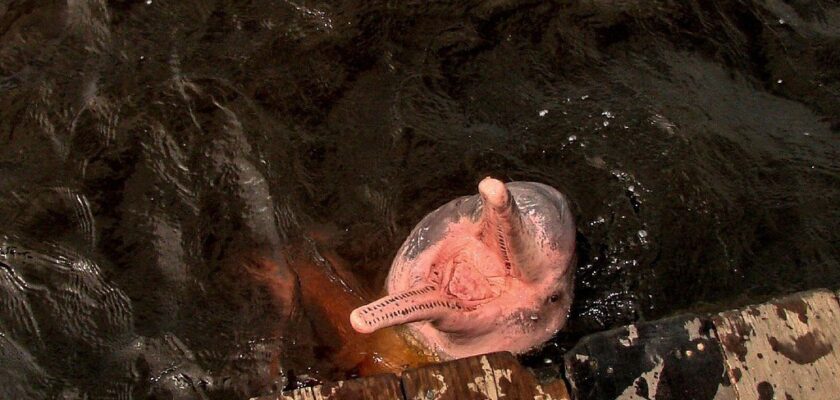Jaú National Park
Jaú National Park is one of the largest natural reserves in Brazil, created in 1980 to protect the equatorial rainforest in the Amazon tributary basin. The reserve covers 23,779 km² and is the largest forest reserve in South America. In 2000, it was inscribed on the UNESCO World Heritage List. Three years later, the Jau Reserve and other protected lands were merged into a giant-sized conservation area, the Central Amazon Conservation Complex.
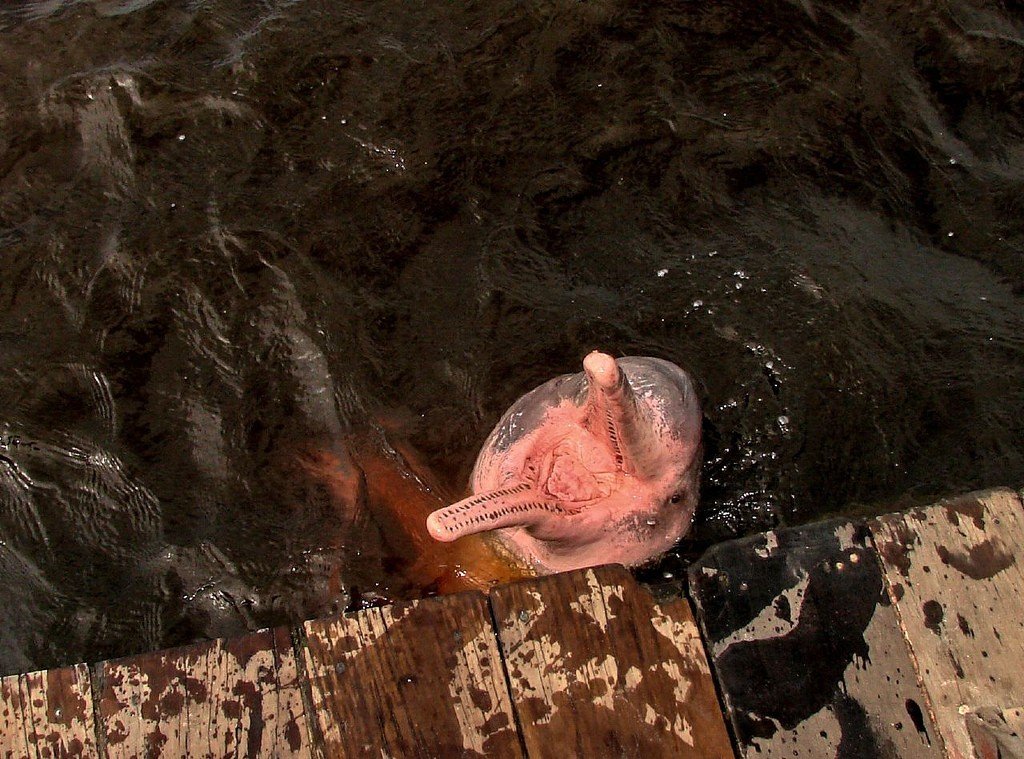
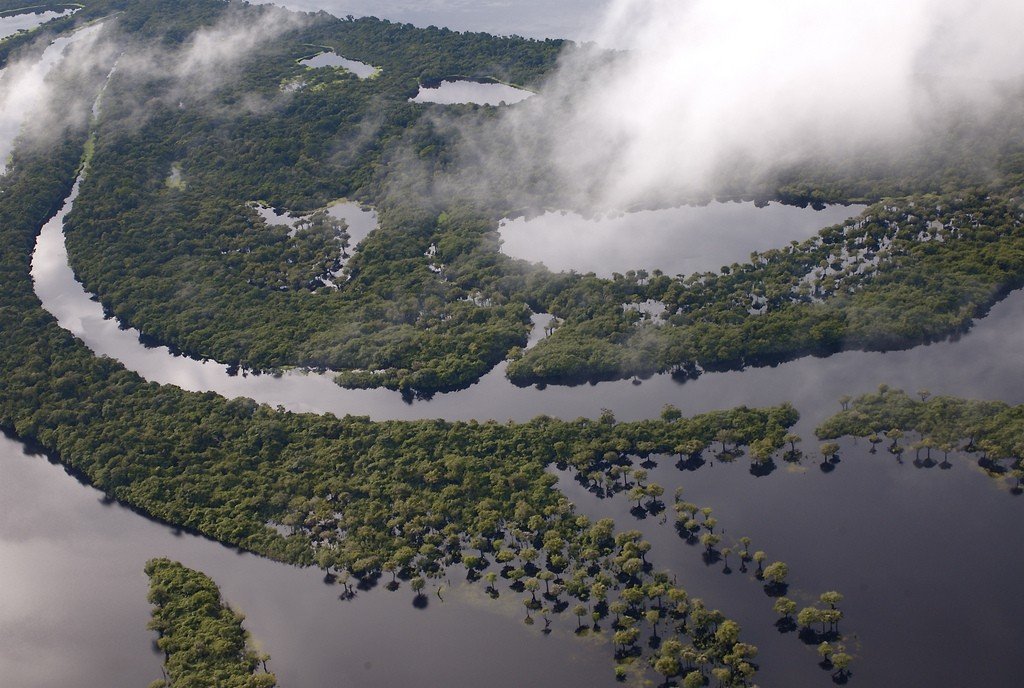
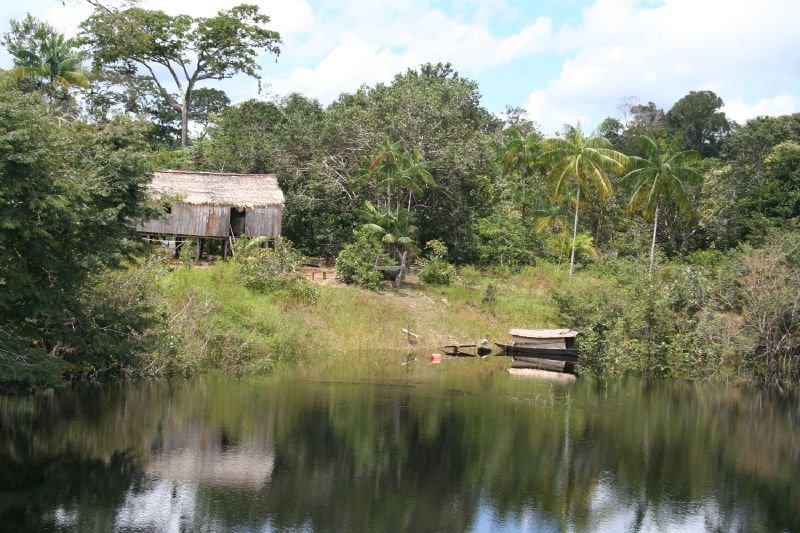
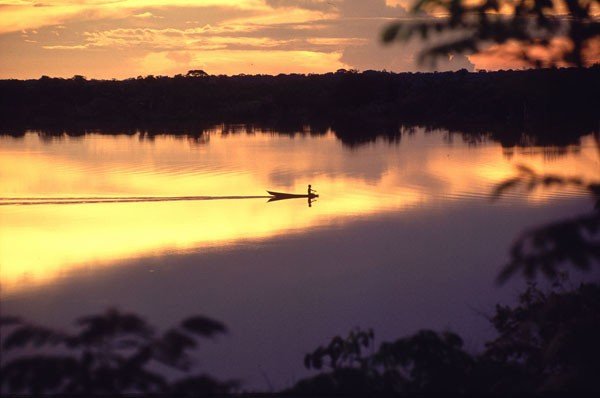
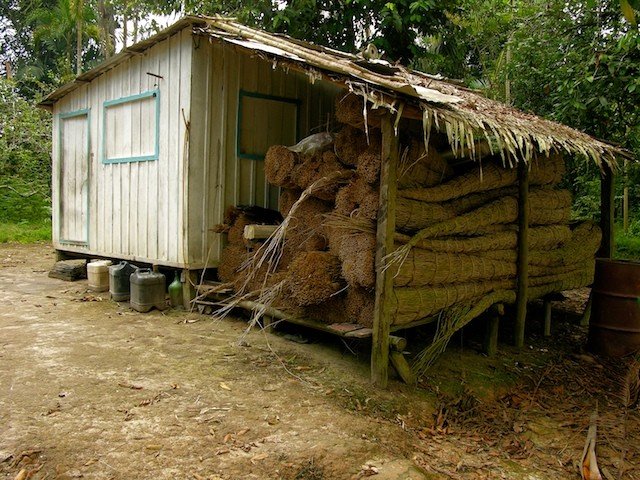
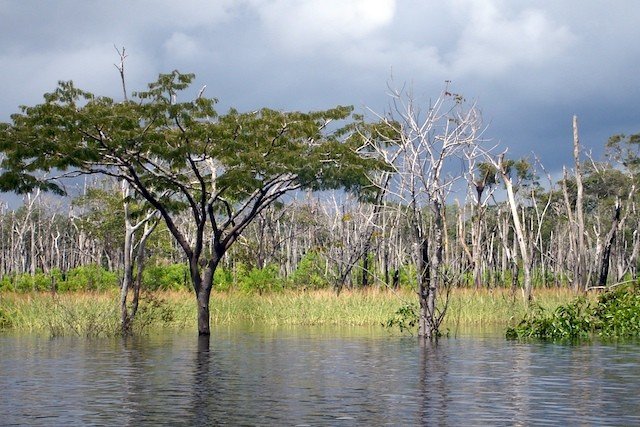
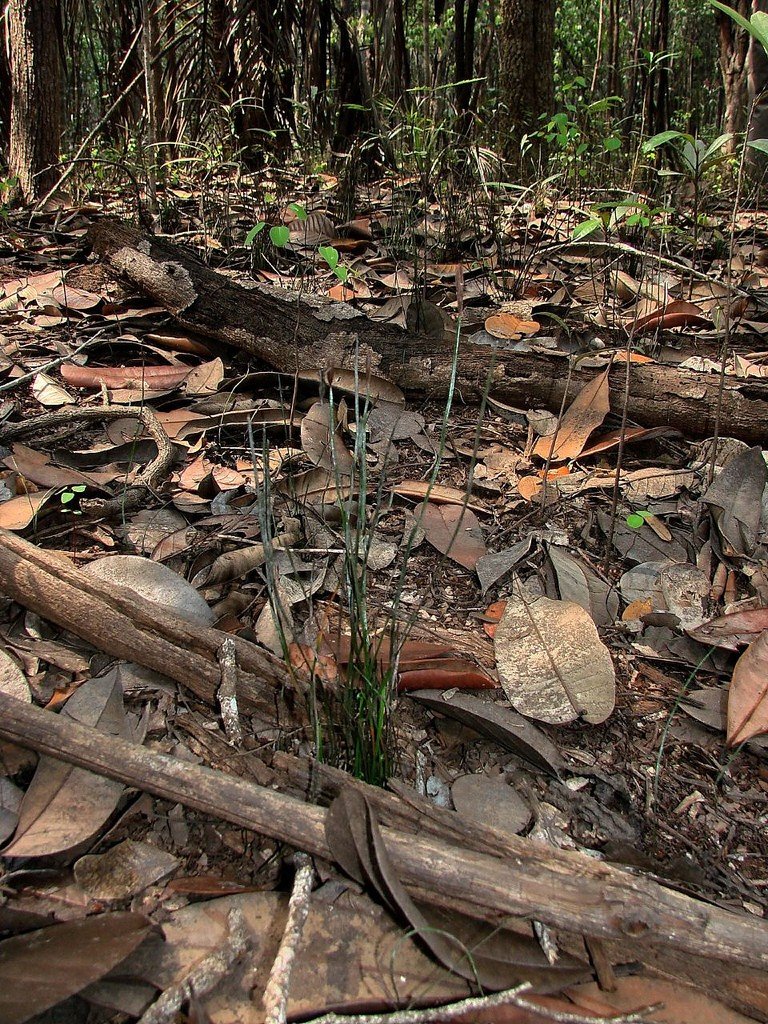
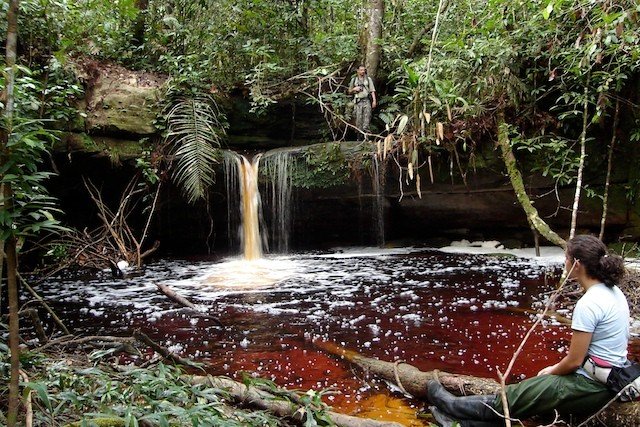
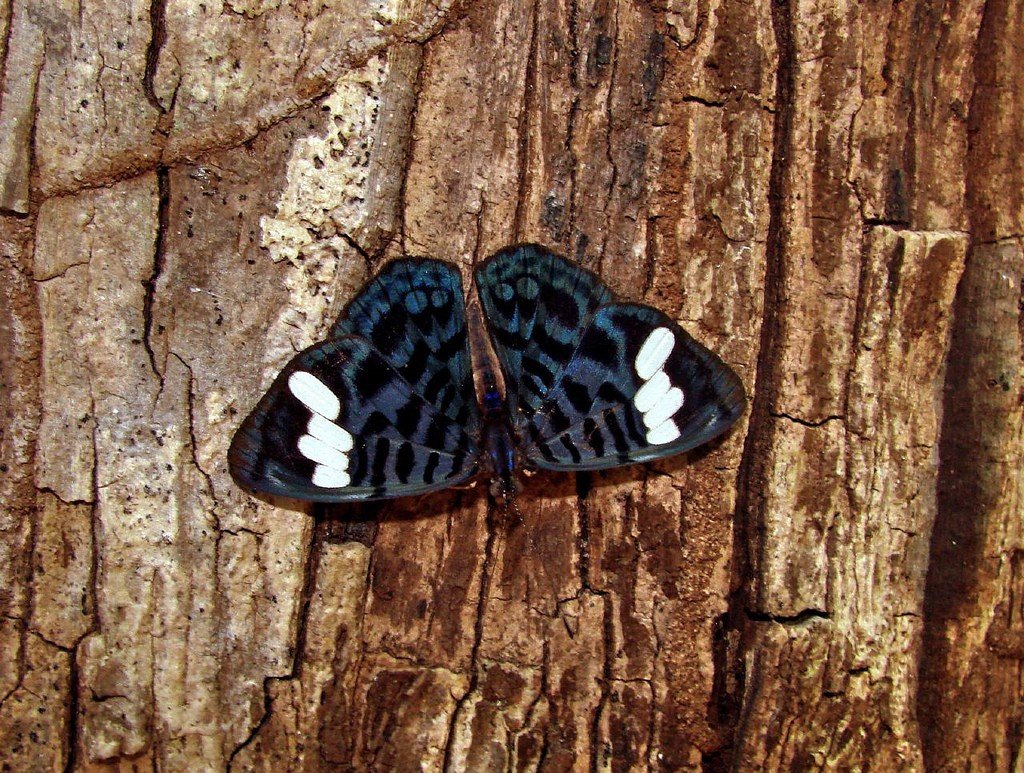
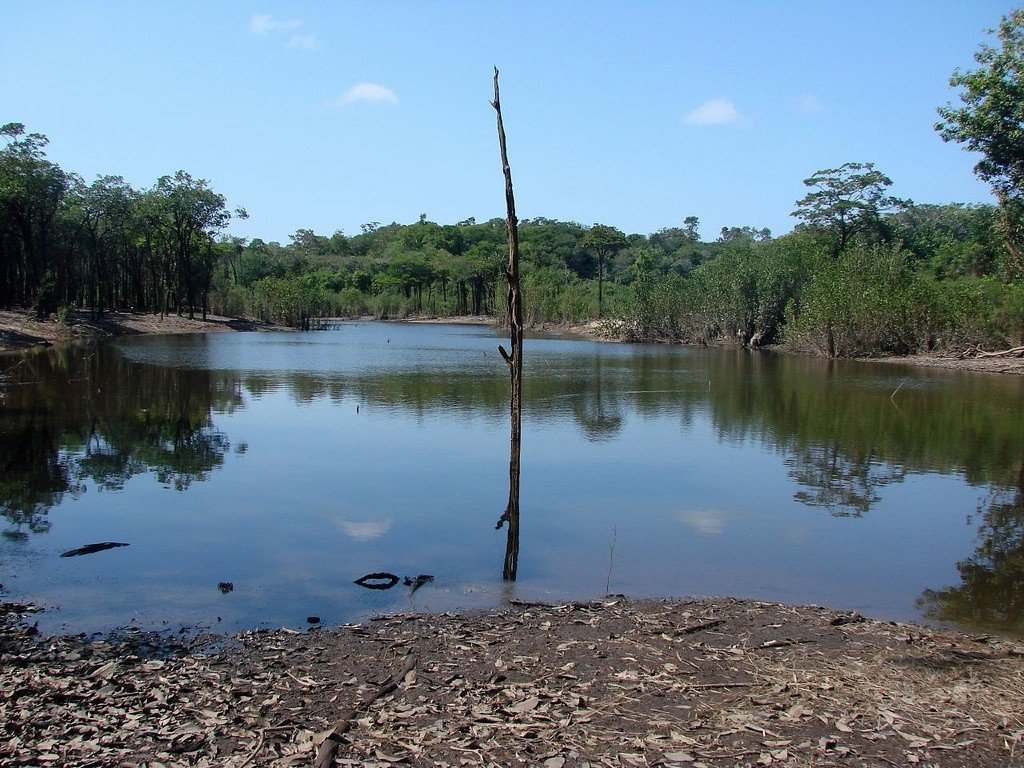
Video: Jau National Park
General Information
Jau National Park is home to a variety of landscapes. The lowland floodplains of rivers that are flooded for several months, high areas of river valleys that flood from time to time, and upland interfluves are protected here. The richness of the biosystems is largely determined by the “black rivers” flowing through the reserve, which have a dark shade of water due to peat particles.
.
Tourists visit the reserve during the dry season, which lasts from July to September. There are no roads here, so traveling through the protected area is possible only by river. Travelers are not recommended to set off without local guides, as it is easy to get lost in the canals and channels.
.Zhau National Park is open from 7.00 to 20.00. People are charged R$3 per person to stay in the reserve, and the boat charges between R$16 and R$64, depending on its size. When purchasing pre-packaged tours, the fees are usually included in the price of the trip. Permits to stay in the reserve are issued at the reserve’s administration, located in the city of Manaus.
.Flora of Jau Park
The plant life of the reserve is extremely rich. The equatorial forests have five tiers, with trees making up three of them. Each hectare of Brazilian jungle has up to 200 species of higher plants.
The exotic palms that rise highest are the piriuao, elephant palms, irriatraea, and pachyubas. In the upper tier of the forest also grow seibas, trees with red wood – swetenia mahagoni, caoutchoucons – Brazilian heveas and milkwood trees that have sweet sap. Many ferns, cacao trees, bromeliads, lianas and orchids are found in the forests of Jau National Park.
.Animals
The natural reserve is home to 120 species of mammals and 470 species of birds, which is 2/3 of all animal species inhabiting the central Amazon. Endangered species include manatees, pink river dolphins, Brazilian otters, jaguars, cougars, bush dogs, giant armadillos, woolly monkeys, small foxes and ocelots.
>The rivers are home to 10 species of turtles and several species of caiman. Traveling through Jau National Park tourists can see exotic birds – South American harpy, brightly colored amazons and white-bearded aracura. It is also home to the largest non-venomous snake on the planet, the anaconda, as well as the continent’s largest venomous snake, the South American Bushmaster, which grows up to 4 meters in length.
.How to get there
Jau National Park is located in the Brazilian state of Amazonas, 220 kilometers northwest of the state capital, Manaus. From here, tourists reach the reserve by boat. The journey by motorboat can take from 6 to 18 hours, and by speedboat – up to 8 hours.
.